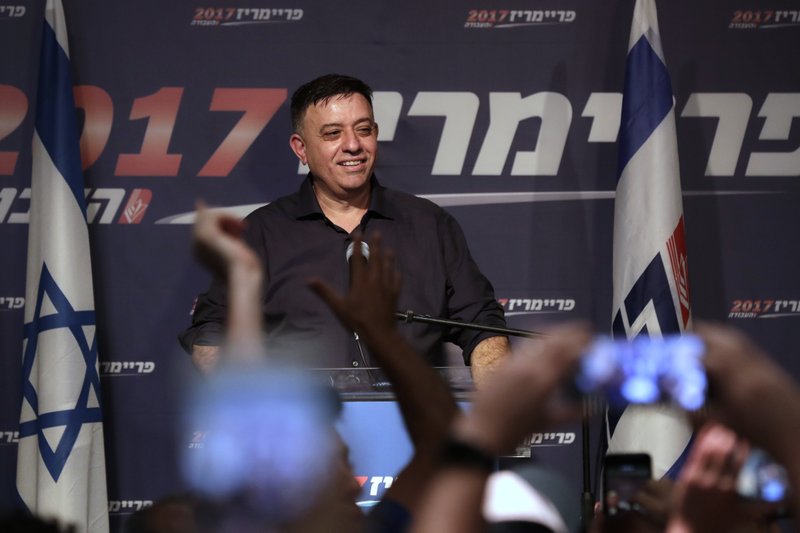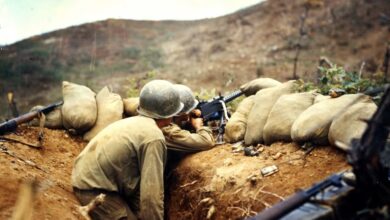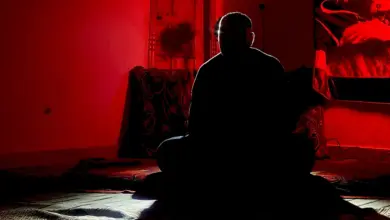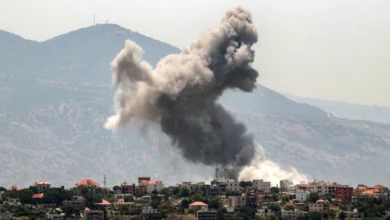
The US military has been flying UH-60 Black Hawk helicopter missions in Afghanistan for years, but the storied aircraft will soon take to the country’s battlefields manned by pilots and crews from the Afghan military.
The first group of Afghan trainees is in the final phase of instruction by US advisers at an air base in southern Kandahar province, as part of the process of transitioning Afghanistan’s military from Soviet-era Mi-17 helicopters to the US-made Black Hawks. They are scheduled to begin flying missions in May.
“The Mi-17 that the UH-60 is going to replace is not sustainable as a helicopter, so what we are doing, we are giving to the Afghan Air Force sustainable, very highly capable and battle-proven helicopters so that they can take the fight forward as they continue to safeguard this country,” said U.S. Air Force Maj. Ted Rogers, director of operations for the 441st Air Expeditionary Advisory Squadron. He called the transition “hugely important.”
According to the Afghan Air Force, it has 46 of the Russian Mi-17 multi-mission helicopters, of which 25 are active. The rest are unusable either because of scheduled overhauls or major repairs.
The transfer of the Black Hawks is part of broader plans for the expansion of the Afghan Air Force. The Afghan government and the international community, including the United States and NATO, have stepped up efforts to bolster its capacity and capabilities and the U.S. is spending $814 million on the seven-year effort.
Along with the Black Hawks, the plan includes the introduction of AC-208 light attack and surveillance aircraft, A-29 attack aircraft and additional MD-530 attack helicopters to the Afghan Air Force.
Since November, 11 Black Hawks have arrived at Kandahar Air Field. By the end of the year, a total 28 copters will be handed over to the Afghan military, with a total 159 transferred by the end of the program in 2023. The aircraft have or will undergo engine upgrades, US military officials said.
The primary purpose of the aircraft will be for troop and cargo transport, including evacuating casualties and remains. However, many of the aircraft will be weaponized to provide close air support in battle.
The UH-60 Black Hawk manufactured by Sikorsky Aircraft was first entered into service in the late 1970s as the U.S. Army’s tactical transport helicopter. Now a mainstay in militaries around the world, a version of the aircraft was modified for stealth in the Navy SEAL raid on Osama bin Laden’s compound in Pakistan in 2011. The image of the aircraft is ubiquitous in popular culture, gaining fame when it was featured in the film “Black Hawk Down” about the 1993 Battle for Mogadishu in Somalia.
According to Maj. Nick Plante, TAAC-Air spokesman and senior public affairs adviser to the Afghan Air Force, the Black Hawk flight training lasts around 16 weeks. This includes six weeks for aircraft qualification training and then 10 more weeks for mission qualification training. Besides classroom studies, students perform take-offs, landings and emergency scenarios with their instructors as part of the training.
There are both young, inexperienced pilots and crew members being trained, as well those with experience flying the Mi-17s. More than 30 Afghan Air Force members are about to start their second phase of training and most have had some of their instruction in the U.S., the Czech Republic or the United Arab Emirates.
Soon after completing the last phase at Kandahar Air Field, the students will be introduced as UH-60 Black Hawk pilots and special mission operators.
Lt. Massihullah Kakar, 25, in his first week of pilot training in Kandahar after receiving initial training in the Czech Republic, said the main things that ground forces need from Black Hawk missions are to be provided timely reinforcements and equipment. He pointed to a nearby UH-60 and said: “This is the only aircraft (with which) we can reach the ground forces on time and we can reinforce them better because it is powerful and fast.”
Kakar, who said he was happy after successfully performing a take-off and landing of one of the aircraft for the first time, said Afghans must be able to defend their own air space.
“This is our responsibility,” he said. “As long as we can control our air space, our people will live in peace and prosperity.”
US Air Force Col. Armando E. Fiterre, commander of the 738th Air Expeditionary Advisory Group based at Kandahar Air Field, emphasized the importance of the Black Hawks on the battlefield supporting Afghan ground forces anywhere in the country.
“The importance of lift is critical to the battlefield, this is why the UH-60 Alpha is coming at such decisive moment,” he said. “We had a very good fighting season last year and we expect that the fight will continue this year and in the years to come and the UH-60 is going to be a critical element to move troops and bring causalities out of the field, a critical element in any fight.”
Lt. Abdul Hadi Reeshad, 24, just returned from training in the US, was ready to start the final phase of his Black Hawk training.
“This is my ambition, my family’s ambition to be a pilot,” he said just before entering the cabin of one of the aircraft and flying away. “I wanted to be a servant of my country.”




